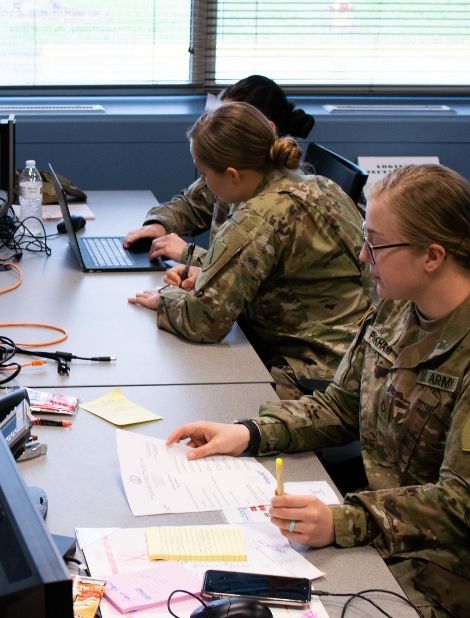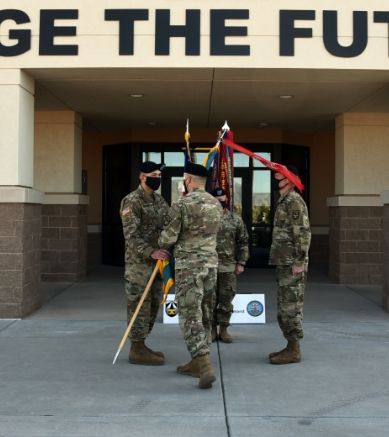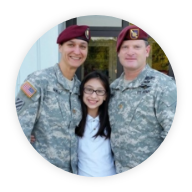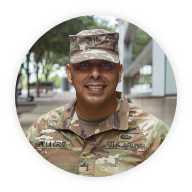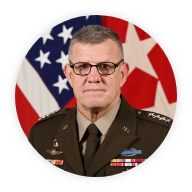Message From Leadership
Army Futures Command executes six essential functions in pursuit of our purpose.
The first is our running estimate of the Future Operational Environment, which is AFC’s persistent characterization of how potential adversaries and cross cutting global trends will create challenges and opportunities for the Army.
Research, concepts, experimentation, and requirements are the four main things AFC does. They are informed by our look of the future and are inter-related and inter-dependent.
Finally, and most importantly, AFC’s integration links all other essential functions together to ensure they inform each other, the entire Army, and Joint processes.
Every essential function above will be underpinned by a strong analytical foundation.
Commanding General,
Army Futures Command
AFC IN 2022
Throughout 2022, Army Futures Command remained intent on identifying and developing innovative Army transformation solutions. To equip the Joint Force with the dynamic Army systems, resources and warfighters it will need to achieve overmatch on future battlefields, our Soldiers and civilians engaged in bold and groundbreaking research, experimentation and future force design. By working across disciplines, around the globe and with forward-leaning partners, we were able to make outstanding progress toward delivering the Army of 2030 and designing the Army of 2040.

Our scientists, researchers and planners are continuously experimenting with nascent technology and evaluating requirements through large-scale demonstrations like Project Convergence.
International Partnerships
AFC expanded transformation efforts by increasing and integrating activities with longstanding multinational partners including the United Kingdom and Australia. Their integration into Project Convergence, along with the inclusion of several observer nations, provided AFC and all participants an opportunity to rigorously test the effectiveness and interoperability of cutting-edge battle systems across a fully integrated Joint and Multinational Force. These partnerships offered unique perspectives and capabilities in the U.S. military’s combined efforts to deter potential aggression, increase interoperability and operational effectiveness, position forces and capabilities for future challenges, and refine our operational concepts and tactical practices. Continued international engagement among AFC Headquarters, Futures and Concepts Center, DEVCOM, the CFTs, and others across the enterprise will further enhance the readiness, lethality and effectiveness of our future Army as we transform together.
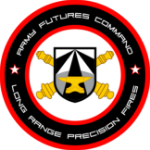 Long Range Precision Fires
Long Range Precision Fires
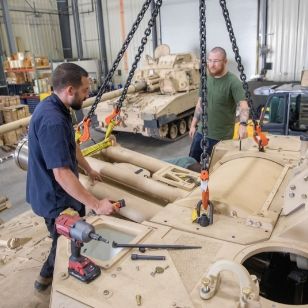
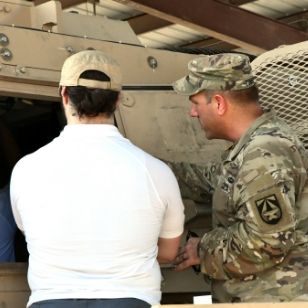
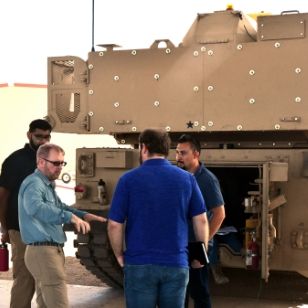
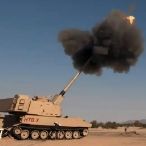
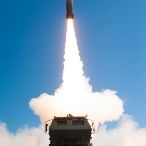
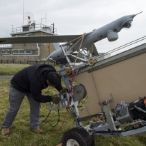
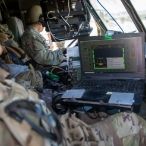
Field Artillery Tactical Data System During PC22, a Cloud-Enabled Advanced Field Artillery Tactical Data System (cAFATDS) pilot program identified methods and strategies to keep pace with rapid changes in technology and adopt best practices for future software development.
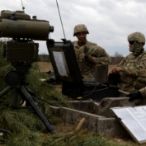
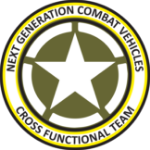 Next Generation Combat Vehicles
Next Generation Combat Vehicles
Optionally Manned
Fighting Vehicle
The Optionally Manned Fighting Vehicle (OMFV) development effort is on track and executing. In July 2022, the Chief of Staff of the Army (CSA) approved the Abbreviated Capabilities Development Document, establishing the requirements needed in the OMFV platform. The Army is utilizing 21st century manufacturing processes to facilitate the development of the OMFV. By creating virtual prototypes, the Army is able to gain Soldier feedback earlier in the design process, saving time and money. OMFV will be built using a Modular Open Systems Approach which will allow future technologies to be easily incorporated unto the vehicle. The digital design phase is now complete. In April 2023, the Army will award up to three contracts for detailed design and follow-on prototyping.
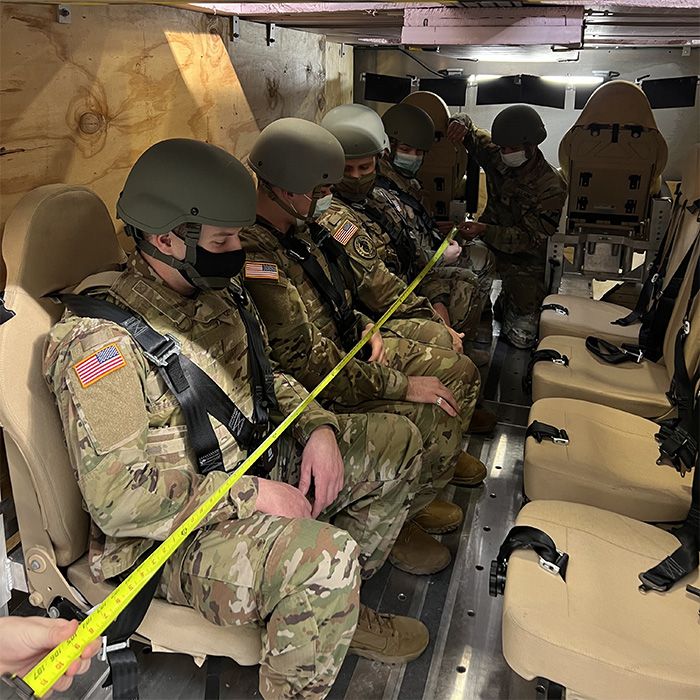
Robotic Combat Vehicle
The Robotic Combat Vehicle (RCV) Campaign of Learning is more than two years ahead of schedule! Soldiers of the 1st Cavalry Division conducted a Soldier Operational Experiment (SOE) with RCV platforms from July-August 2022 at Fort Hood, Texas. The SOE will inform NGCV CFT and Ground Vehicle Systems Center recommendations to the Army on the viability of creating an RCV program of record. By bringing Soldiers into the development and design process, the Army is ensuring that the final product will conform to what the end users of this technology are actually asking for.
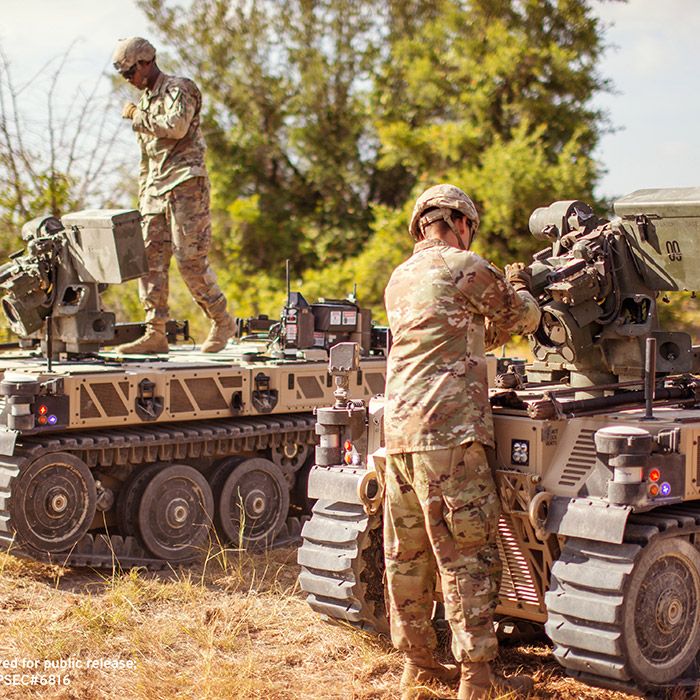
Mobile Protected Firepower
After a successful Soldier Vehicle Assessment and Limited User Testing in 2021, Mobile Protected Firepower (MPF) reached Milestone C in June 2022. Contract award to a single vendor took place in June 2022, with first unit equipped scheduled for FY25. MPF is the first new combat vehicle the Army has acquired in 40 years. The MPF will provide precise, large caliber, long range direct fires supporting infantry formations. It will improve the lethality of dismounted Soldiers and units with organic, deployable capability designed to neutralize prepared positions, heavy machine guns, and light armored vehicle threats.
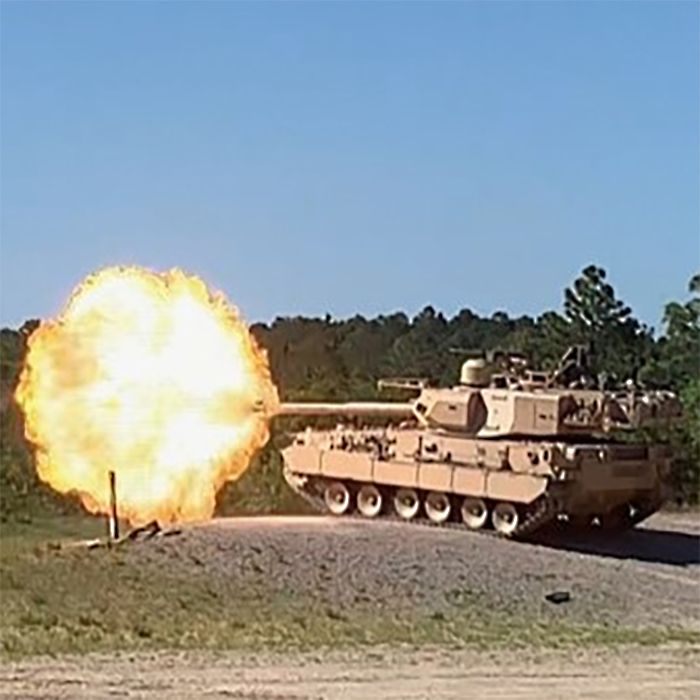
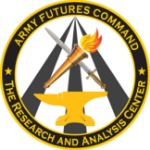 The Research and Analysis Center
The Research and Analysis Center
Data Collection and Analysis
Comprising 350+ analysts,
scientists and engineers
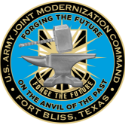

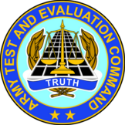
The Research and Analysis Center (TRAC) teamed with the Combat Capabilities Development Command (DEVCOM) Analysis Center (DAC), Joint Modernization Command (JMC) and Army Test and Evaluation Center (ATEC) to support the PC22 learning objectives identified by the three-star Combined Joint Board of Directors (CJBOD) and over 800 key stakeholders. These organizations combined to stand up the PC22 Data Collection and Analysis (DC&A) Support team to synchronize data collection and analysis activities across the PC22 community. The team comprised more than 350 analysts, scientists and engineers from more than 20 Combined Joint analytical agencies. Data collected during the capstone events included qualitative data such as end-user feedback and quantitative data such as network and test range instrumentation data packages.

The PC22 DC&A Support team collected data before, during and after the PC22 capstone event. The diverse expertise, talents and experiences of its membership enabled the team to conduct parallel and supplementary analyses by running modeling and simulations to expand the breadth and depth of the experiment. The team also conducted meta-analyses on past and ongoing experiments to increase the relevance of the potential findings. Following the completion of data collection and analysis, the team will take a multi-faceted approach to integrate and synthesize findings and lessons learned, informing future concept, capability and transformation efforts.
PC22 data collection and analysis supports:
an operational-level network architecture and an integrated fires control network
a multi-partner environment that allows ally and partner interoperability
requirements for sustainment operations in a contested environment
authority and policy revisions to enable a fully integrated Combined Joint Force
a synchronized capability development strategy
Counter Small Unmanned Aerial Systems
The emergence of small drones on the battlefield signifies a new and real problem for forces during all multi-domain operation phases. Troops at all echelons are susceptible to enemy surveillance and effects delivered by these small unmanned aerial systems (sUAS). TRAC’s Counter-sUAS (C-sUAS) study team identified C-sUAS capabilities in Army operational units across tactical echelons, underpinned requirements for an abbreviated capabilities development document, and provided Army Senior Leader investment options in the C-sUAS portfolio.
The study team incorporated maneuver scenarios operating in various terrains during large-scale combat operations to fully inform future system investments. Given the uncertainties associated with emerging and developing technology, the study team organized them into a technological trade space based on the architectural choices across detect, identify and defeat tasks. This approach allowed the study team to elicit combatant command subject matter expert (SME) feedback on desired C-sUAS characteristics.
For their outstanding work, the C-sUAS Study won the
2022 Dr. Wilbur B. Payne Award for Excellence in Analysis.
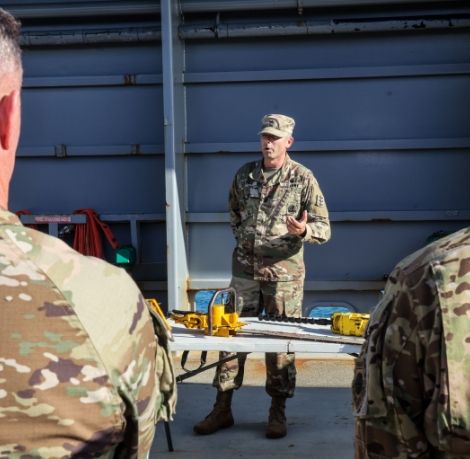
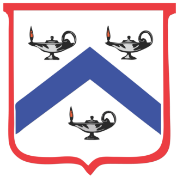
INDOPACOM WARGAME
In January 2022, TRAC partnered with the Combined Arms Center (CAC) to execute the INDOPACOM Division Analytic Wargame to inform the Army’s detailed understanding of the tactical impact of proposed modernization capabilities within that area of responsibility (AOR). This was the first-ever multi-domain ground combat operations scenario in the USINDOPACOM Theater. This tactical wargame provided an essential analytic step towards meeting current analysis demands while contributing to a long-term comprehensive transformation assessment in USINDOPACOM. The results reinforced other analysis findings on the capabilities, concepts, force shaping and sizing necessary to fight and win in 2030 and beyond.
Capabilities
Concepts
Force Shaping
Sizing
Satellite Communication Throughput Requirements Study
TRAC used cutting-edge simulation to draft and deliver the Satellite Communication (SATCOM) Throughput Requirements Study (STRS) to the Army community. This study identifies SATCOM-driven mission risk through simulated communication demands in a contested, degraded and operationally limited environment to determine network transport impacts to Joint All Domain Command and Control (JADC2).
The report has informed future SATCOM architectural requirements, including:
Army Air-Force Anti-jam Modem
Protected Tactical SATCOM
Protected Tactical Enterprise Services
Next Generation Trojan Weapon System
Dispersed Command Post Communications
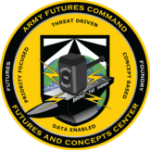 Futures and Concepts Center
Futures and Concepts Center
JOINT MODERNIZATION COMMAND
FCC’s Joint Modernization Command led PC22 and three other major experiments in 2022; numerous tests and demonstrations integrating more than 200 Army, Joint Force and Multinational systems into eight use cases in two scenarios; and a series of Combined, Joint All-Domain Command and Control network (CJADC2) Risk Reduction Events (RRE) and Communications Exercises (COMMEX). All of these tests, demonstrations, experiments and exercises help to inform Army decision makers on future force development, theater operational planning and training readiness, while also providing vital insights on concepts and capabilities for the Army of 2030 and beyond.
200
Systems
8
Use Cases
2
Scenarios
Project Convergence



Project Convergence 2022 brought together thousands of U.S., United Kingdom and Australian service members, researchers and industry partners to experiment with and assess new technologies at various locations worldwide. PC22 Technology Gateway was a new addition hosted by DEVCOM, which provided an industry engagement opportunity to assess novel solutions to expected future Army requirements available from the commercial sector.
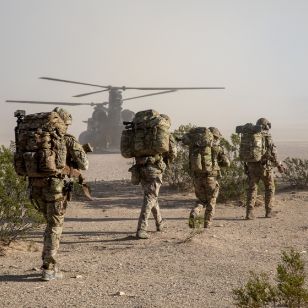
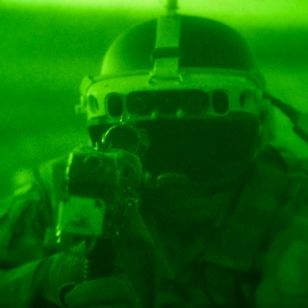
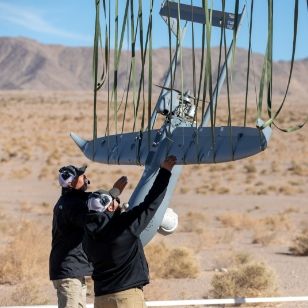
“During the past decade, we have seen extraordinary advancement in technology and equipment, to include drones, AI, automation, driverless cars, etc. Project Convergence is ensuring the Army stays ahead of the technology wave and supplies Soldiers with the best technology and equipment.”
Mr. Jose Gonzalez, Systems Architect Analyst
Participating Joint Force and Multinational partners rigorously tested the effectiveness and interoperability of cutting-edge weapon technology and battle systems. During the experiment, participants engaged in two theater-scale, future-focused operational scenarios designed to illustrate and advance the level of sophisticated, agile and durable transformation that the U.S. military and its partners are executing.



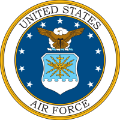

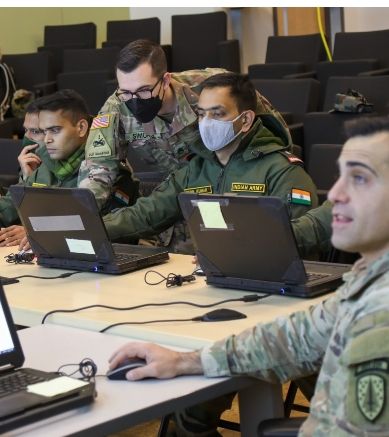
FUTURES INTEGRATION DIRECTORATE
The Futures Integration Directorate consolidated and recommended solutions to security gaps identified in the INDOPACOM threat-based analysis (TBA). These solutions help mitigate security threats in the USINDOPACOM Theater and inform modernization for the Army of 2030 and beyond.
CAPABILITY DEVELOPMENT INTEGRATION DIRECTORATES
Develop
Conduct
Validate
identify
In 2022, 10 CDIDs developed future concepts and requirements while conducting experimentation, data collection and analysis to validate those concepts and capabilities. They also identified capability gaps and developed appropriate requirements to mitigate and close those capability gaps for the future. Additionally, CDIDs work closely with TRADOC Centers of Excellence to support Force development process and accomplish their mission across the DOTMLPF-P spectrum.
The efforts of the CDIDs support the continual training and education of all Army Soldiers by the Centers of Excellence.
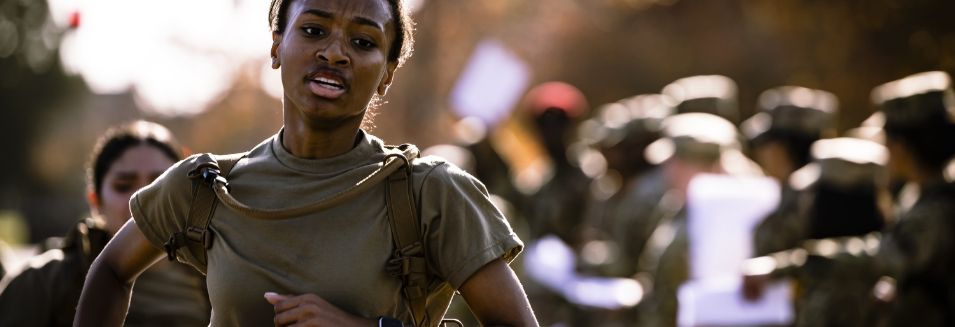
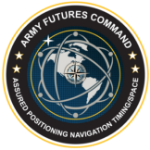 Assured Positioning, Navigation and Timing/Space
Assured Positioning, Navigation and Timing/Space
Requirements Documents and Guidance
In 2022, the Assured Positioning, Navigation and Timing/Space (APNT/Space) CFT accomplished a major milestone by identifying, enumerating and formalizing the Army’s requirements for each signature effort within its responsibility. These approved requirements will guide the design, development and eventual production of new Army systems and technologies to meet the needs of future warfighters.
DAPS Capabilities Development Document
In January, the Dismounted Assured PNT System (DAPS) Capabilities Development Document (CDD) was signed, providing critical timing and position information to the dismounted Soldier when in GPS–denied or degraded environments. Alongside the Program Executive Office Intelligence Electronic Warfare & Sensors (PEO IEW&S), and ATEC, APNT/Space supported a limited user test of DAPS with Soldiers of the 101st Airborne Division using realistic scenarios that enabled Soldiers to get early hands-on experience with the technology and provide the development team with vital, end-user feedback.
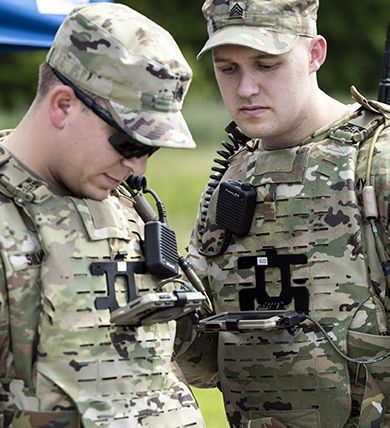

NAVWAR Attack Abbreviated Capabilities Development Document
In September, the NAVWAR A-CDD was signed. The document will enable leaders on the battlefield the ability to exploit PNT weaknesses and gain multi-domain superiority.
Partnerships and Agreements
The APNT/Space CFT operates in a team-of-teams way across the acquisition lifecycle, supporting entities across the Army, Department of Defense, other government agencies, as well as industry and academia. In February, the Army and Space Force signed a Memorandum of Agreement (MOA) to jointly prototype, experiment and demonstrate space-based tactical intelligence, surveillance, reconnaissance (ISR) capabilities to inform the development of future operational systems, concepts and architecture requirements to enable Large Scale Combat Operations (LSCO) and joint operations. The Army and USSF collaboration will enable tactical ISR capabilities that support the Joint Force over the next six years.
In March, the APNT/Space CFT and the Space Development Agency (SDA) signed a MOA to partner in the development, testing and integration of experimental space-based payloads in order to add additional tactical ISR capabilities to multi-domain operations. Finally, the CFT supported PEO IEW&S in marshalling the Mounted Assured-PNT System (MAPS) program of record through the Milestone-C decision, which enables the continued testing and fielding of the system. MAPS Milestone-C decision was reached on 27 July, and the production contract was awarded in early September.
Experimentation and Operational Activity
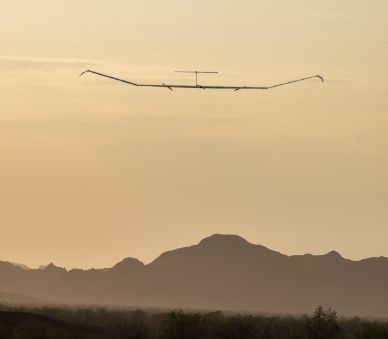
The CFT informs its technology and system requirements through continuous:
experimentation and prototyping,
technology integration, and
Soldier feedback.
In August, the team completed a 64-day stratospheric flight that boasted multiple successes, including a total traveled distance of over 30,000 nautical miles, demonstration of ISR payloads that supported USSOUTHCOM operational objectives, and provided downlink data to experimentation partners.
The team also conducted its fourth annual PNT Assessment Exercise (PNTAX) in September, which integrated industry and government technology spanning the DOD into a large-scale experiment which collected invaluable data that will inform technology development.
In 2022, APNT/Space partnered with several operational units, including:
Special Operations Command,
US Army Pacific,
US Army Europe, and
the 101st Airborne Division.
Together they are experimenting and testing many new technologies in realistic scenarios with the Soldiers and warfighters who will ultimately be using them on the battlefield. These regular experiments allow the team to close operational needs gaps through regular Soldier touchpoints in operationally relevant environments.
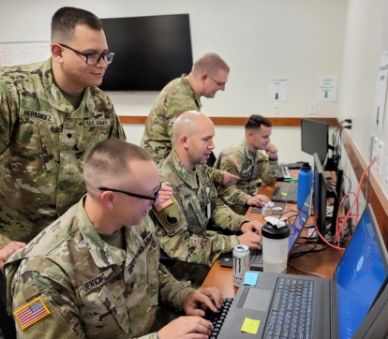
 Future Vertical Lift
Future Vertical Lift
The Future Vertical Lift Cross-Functional Team (FVL CFT) continued to make advances along its lines of effort during 2022 through execution of numerous studies, modeling, Soldier touchpoints, and experimentation and demonstration events. FVL completed seven approved CDDs that will focus and guide the Army’s ongoing transformation efforts.
During 2022, many programs overseen by FVL have made advancements:

Future Attack Reconnaissance Aircraft (FARA)*
Competitive prototypes of the FARA have reached more than 90% build completion and are planned to conduct test flights in FY23.

The Future Tactical Unmanned Aircraft System (FTUAS)
FTUAS has begun fielding a commercially available system to U.S. Army Europe and Africa.

Brigade Combat Team (BCT)
An additional upgrade system has been procured and is conducting developmental testing in preparation for fielding in FY23 to one BCT.

Scalable Control Interface (SCI)
The Army Acquisition Executive approved FVL’s SCI to proceed as a software acquisition pathway program; the system will go on to serve as the Army’s primary UAS control software.

Air Launched Effects (ALE)
FVL’s ALE program initiated a prototyping effort for system integration which will prepare the program for extended Soldier feedback to ensure Soldiers are integrated into the development process.
*After successfully completing two rounds of competitive design and risk reduction, the Army announced the contract award for the Future Long Range Assault Aircraft Weapon System Development.
 Combat Capabilities Development Command
Combat Capabilities Development Command
Technology Gateway
DEVCOM led a Technology Gateway experiment at Yuma Proving Ground from early September to mid-October for industry partners to demonstrate and showcase their best solutions for the Army of the Future. Technology Gateway enabled non-traditional industry partners to demonstrate 260 capabilities in an unclassified and unrestricted venue and receive feedback from engineers and senior leaders on how their technology may enhance Army and Joint operations. Technology Gateway was the precursor to PC22, where 236 technologies including 36 developed by DEVCOM were integrated and demonstrated in a Joint and Multinational field environment at Camp Pendleton, California, and the U.S. Army National Training Center at Fort Irwin, California.
260
capabilities demonstrated for technology gateway
236
technologies demonstrated for project convergence
36
technologies developed by devcom for project convergence
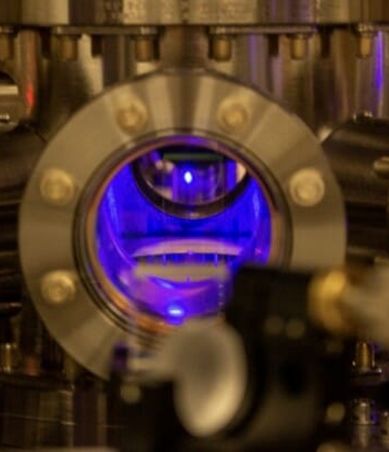
Atomic Clock
Research funded by the DEVCOM Army Research Laboratory at the University of Wisconsin-Madison made significant improvement on atomic clock performance. The team’s instrument, known as an optical lattice atomic clock, can measure differences in time to a precision equivalent to losing just one second every 300 billion years. This represents a step forward in understanding the relationship between gravity and quantum mechanics, as well as establishing the next generation of improved frequency standards. In the future, clocks such as these can provide battlefield optical time transfer and ensure synchronization across a variety of platforms.
Edge 22
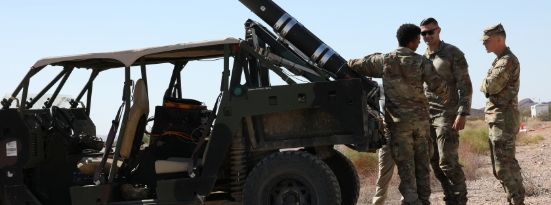
DEVCOM Aviation & Missile Center (AvMC) participated in EDGE22, marking the largest Air Launched Effects (ALE) swarm to date. A variety of platforms were used to launch the ALE, which showcased both air and ground operations.
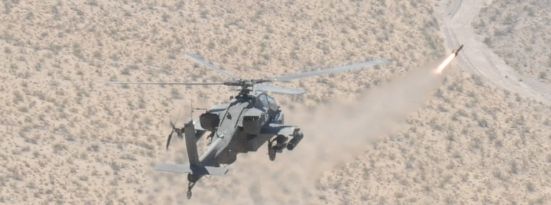
Also, at EDGE22, the Modular Effects Launcher (MEL) launched a Hellfire missile for the first time. The MEL will enable the Future Attack Reconnaissance Aircraft (FARA) to integrate, carry and launch a variety of current, developmental and future weapons needed for multi-domain operations. Other firsts for MEL at EDGE22 included flight operations in multiple configurations and mechanical integration and flights with an electronic warfare pod.
Biomanufacturing Melanin
DEVCOM Chemical Biological Center (CBC) is partnering with the U.S. Naval Research Laboratory to biomanufacture melanin, which is used for military and commercial applications including improving battery performance and bio electronics. Melanin that CBC produces will be sent to Air Force and Navy scientists to test its ability to support the warfighter during missions.
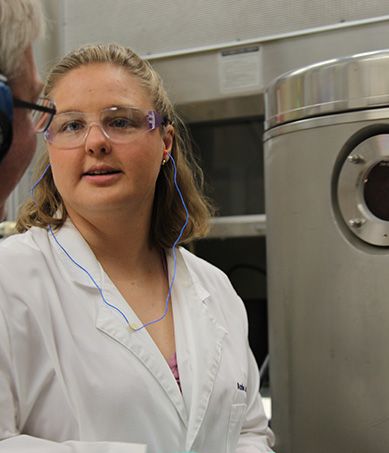
Mobile Protected Firepower (MPF)
DEVCOM Analysis Center’s (DAC) survivability analyses of the Mobile Protected Firepower (MPF) candidate system provided an early assessment of vehicle vulnerabilities allowing opportunities to improve survivability and inform the Army’s evaluation, which enabled the program to proceed from Middle Tier Acquisition into Rapid Prototyping through Milestone C.

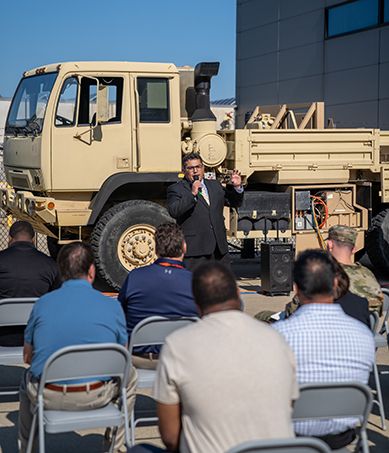
Secure Tactical Advanced Mobile Power
DEVCOM Ground Vehicle Systems Center conducted the Secure Tactical Advanced Mobile Power (STAMP) Joint Capability Technology Demonstration, in which multiple vehicles’ electrical systems were networked together, sharing power generation in a small electrical grid and increasing fuel savings. The goal of the demonstration was to show how vehicle power networks with on-board power generation and export power capability will provide more combat lethality through power redundancy and resiliency while lowering the logistical burden. Highly mobile and cyber-secure, STAMP is a lightweight, fast-forming vehicle hybrid power system that can rapidly increase U.S. forces’ fight and sustainment in battle, as well as in anti-access area denial environments.
Experimentation Master Plan Tool
The DEVCOM Science and Technology Integration Experimentation Division developed the first technology common operating tool to synchronize requirements and integrate technologies demonstrated at PC. The Experimentation Master Plan tool, which has been adopted by U.S. Army, will enable the Army, Department of Defense and Allies to add information, assessments and requirements to manage and execute the diverse capabilities demonstrated at PC.
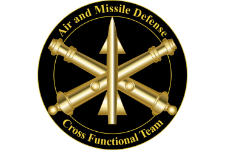 Air and Missile Defense
Air and Missile Defense
The Air & Missile Defense Cross-Functional Team (AMD CFT) continued to build momentum for the four signature efforts in its portfolio in 2022, as well as adding Counter-small Unmanned Aerial Systems (C-SUAS) as a fifth major effort. The AMD CFT also conducted outreach engagements with industry, Congressional staffs, and budget staffs.
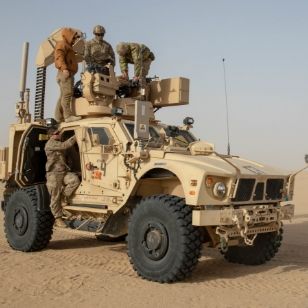
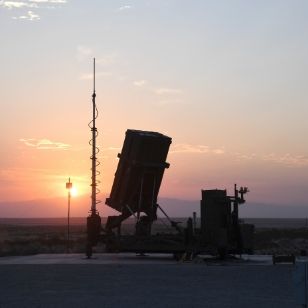
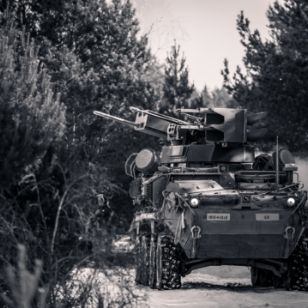
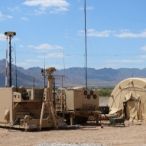
Army integrated Air and Missile Defense
AIAMD provides common mission command across all Army AMD echelons, improves combat identification, flexibility in task organization, and improves joint integration by combining multiple disparate command and control (C2) systems. This integrated C2 system will improve coordinated engagement, strengthen leaders’ control of sensors and weapons, and create a shared situational understanding. The material solution for AIAMD, the IAMD Battle Command System (IBCS), participated in PC22.
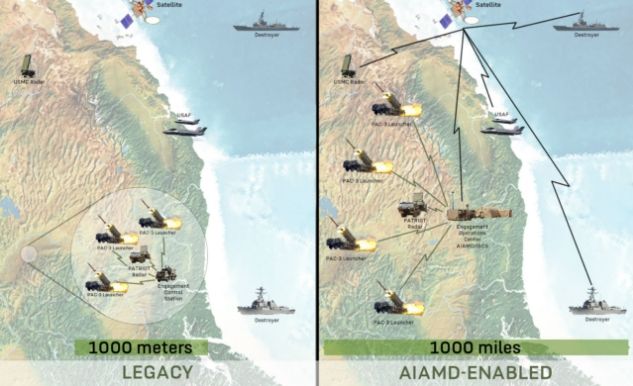
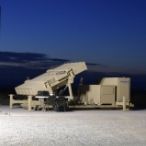
Indirect Fire Protection Capability
IFPC will defend fixed and semi-fixed targets against multiple indirect fire methods including sub-sonic cruise missiles, rocket/artillery/mortar threats and from aerial assets like UAS and fixed- and rotary-wing aircraft. One IFPC effort, Iron Dome, conducted a live-fire test at White Sands Missile Range and is being fielded to units at Joint Base Lewis McChord. A second effort, enduring IFPC, will integrate the Army’s IBCS and Sentinel radar, with production expected to begin in 2023.
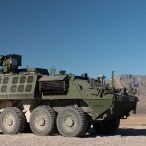
Maneuver Short-Range Air Defense
M-SHORAD defends maneuver forces against manned and unmanned aircraft systems. The M-SHORAD Increment 1 system consists of existing capabilities integrated onto a Stryker Infantry Carrier Vehicle. Ultimately, M-SHORAD battalions will contain a mix of complementary directed energy and kinetic interceptor systems to protect the Warfighter. The Army intends to complete the fielding of 144 systems to four battalions beginning in FY23. The Army began fielding M-SHORAD-equipped vehicles to 5-4 Air Defense Artillery Battalion in late 2022.
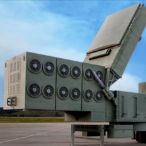
Lower-Tier Air and Missile Defense Sensor
LTAMDS delivers sensor capability to counter advanced threats and take full advantage of the Patriot Missile Segment Enhancement (MSE) capability. LTAMDS will replace the current Patriot PAC-3 radar and will be integrated into the AIAMD architecture. In 2022, initial prototypes were delivered to White Sands Missile Range for contractor testing. The U.S. Government is conducting a technical analysis on the test data. The LTAMDS program is on path to meet legislative requirements to achieve initial operational capability by December 2023.
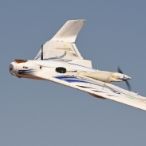
Counter Small Unmanned Aerial Systems
AMD's C-sUAS capability development efforts are focused on providing a networked, scalable, and tailorable suite of capabilities to the force commander for mounted, dismounted, fixed and semi-fixed operations. These efforts create a layered defense that incorporates active, passive, and deep sensing to enhance the ability of the Warfighter to integrate C-sUAS capabilities with kinetic and electronic warfare tactics.

Relationships matter and we must all work together to achieve the Army’s largest transformation in over forty years.
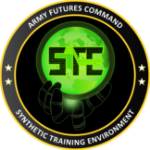 Synthetic Training Environment
Synthetic Training Environment
One World Terrain
In 2022, the STE team continued accelerating the development of One World Terrain (OWT) through enduring partnerships with the National Geospatial-Intelligence Agency (NGA) and several DoD agencies to develop a common 3D terrain data which is already being fielded to Soldiers for hands-on testing. In the past year, OWT has been used in test cases in Iraq, Afghanistan and Europe; and the team continues to develop and deploy OWT kits to Security Force Assistance Brigades (SFAB), Division and Corps HQs allowing Soldiers to use the database’s 3D terrain for enhanced maneuver, threat detection and mission rehearsal.
STE Information System
The STE Information System (STE-IS) and Reconfigurable Virtual Collective Trainers-Ground (RVCT-G) completed an ATEC assessed operational assessment that keeps this foundational capability on track to be fielded to Soldiers in FY23. STE-IS will deliver training capability that will integrate the complexities of multi-domain operations (MDO) into individual and small-unit training scenarios. STE is transforming the Army by integrating next-generation technologies and warfighting concepts to enhance our ability to compete globally, deter adversaries and win on all-domain battlefields.
Soldier Touchpoints
STE executed several Soldier touchpoints throughout 2022 that will pave the way for the fielding of new capabilities.
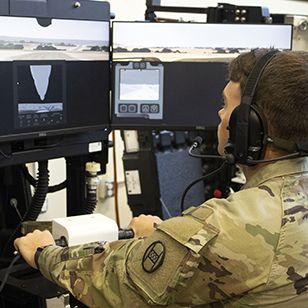
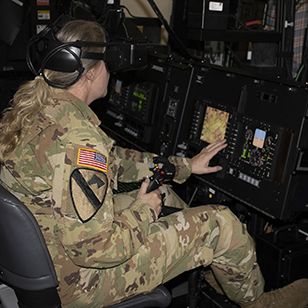
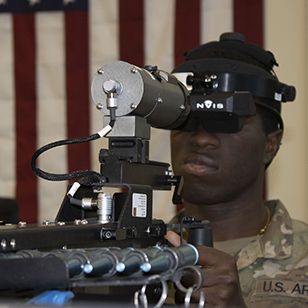
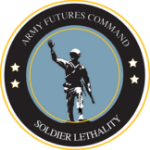 Soldier Lethality
Soldier Lethality
Soldier-Centered Design
In 2022, the Soldier Lethality (SL) CFT employed an institutionalized Soldier-Centered Design (SCD) strategy in all efforts to coordinate the equipping of the Close Combat Force holistically. SCD is a common-sense approach to transformation that treats the Soldier and the squad as an integrated weapons platform. We are committed to creating an architecture that facilitates technology growth and capability integration across those platforms to enhance performance while reducing the redundancies that could lead to increased load and cognitive clutter. New capabilities, new weapons and new equipment will work together to ensure the warfighter is increasingly mobile, agile and lethal.
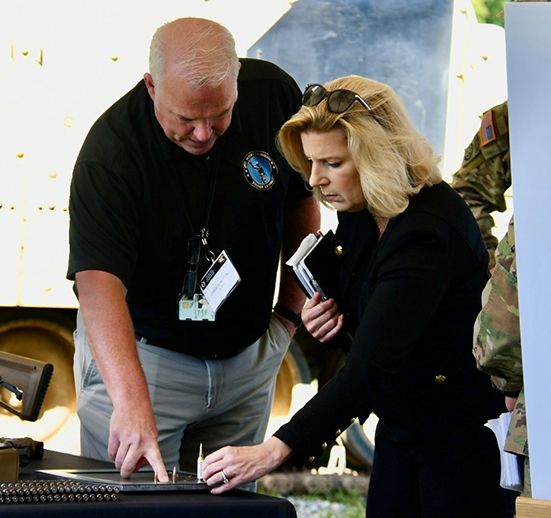
Next Generation Squad
Weapons Program
The SL CFT worked with enterprise partners and close combat units to spotlight and accelerate the Next Generation Squad Weapons Program (NGSW) through a rigorous SCD testing process to get to the point of selecting and contracting Vortex Optics to produce the XM157 Fire Control and Sig Sauer to produce the NGSW Rifle and Automatic Rifle.
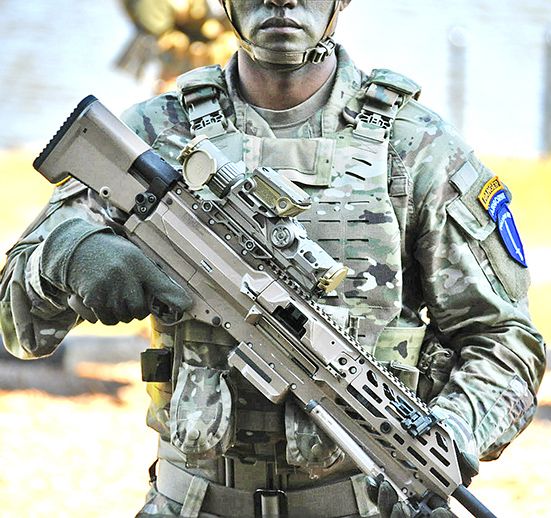
Integrated Visual
Augmentation System
SL CFT executed numerous demonstrations and tests designed to validate the Integrated Visual Augmentation System’s (IVAS) ability to fully integrate with current combat platforms like Bradleys, Strykers and manned and unmanned aerial platforms. The IVAS was proven to be the night vision platform needed to connect sensors and data to our Close Combat formations to give them the tactical edge over our adversaries and establish and maintain overmatch on future battlefields.
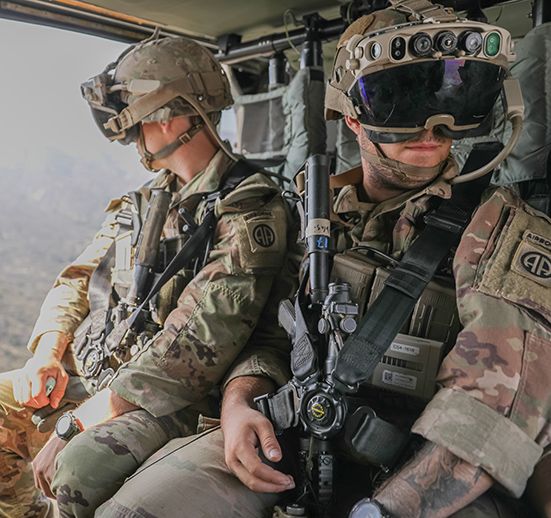
 The Reseach and Analysis Center
The Reseach and Analysis Center
Modernization Synchronization Tool
This year, TRAC delivered the Modernization Synchronization Tool (MST) to the Army community. The MST is a modernization decision support model that simulates Army materiel modernization far into the future, with a focus on finding Regionally Aligned Readiness and Modernization Model (ReARMM) synchronization issues.
Synthesizes data from:
HQDA G3/5/7
G8
AFC
ASA/ALT
These multiple data points enable two displays:

Ideal Future Force
and how it compares with the most likely future force given planning

Programming Decisions
The tool uses a complex logic to predict where equipment will go in the Army and when the equipment will arrive at a unit. It can also highlight potential issues years before they happen. In 2022, HQDA integrated the MST into its source for modernization and ReARMM data, enabling it to operate on live, authoritative data feeds that provide decision makers and the Army community with reliable, timely information to help synchronize Army transformation.
 Future Vertical Lift
Future Vertical Lift
EDGE 22
FVL’s Experimental Demonstration Gateway Event (EDGE) 22 brought together:
23 DoD organizations,
seven international military partners,
and five Army Futures Command subordinate organizations.
Together they tested and demonstrated 17 FVL-related technologies on 67 technical objectives. The exercise informed requirement document updates for eight FVL systems that will further inform, guide and focus these systems’ continued development.
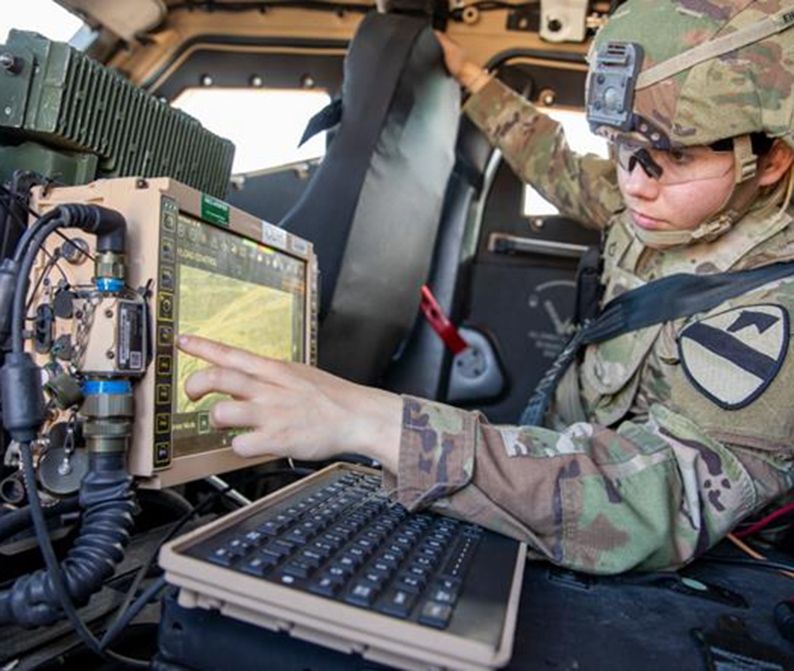
FVL-related tech
17
Technical objectives
67
systems for document updates
8
 Army Software Factory
Army Software Factory
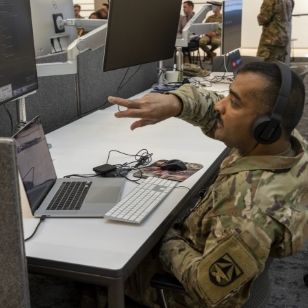
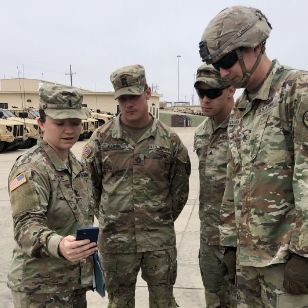

25,000+
The ASWF demonstrated a blueprint for a scalable organic capability to enable autonomous, Soldier-led teams to identify requirements and engineer Army-wide software solutions. Applications and tools developed in this manner are in use by more than 25,000 Soldiers.
 Combat Capabilities Development Command
Combat Capabilities Development Command
DEVCOM Soldier Center supported the Program Executive Office for Simulation, Training, and Instrumentation and the STE CFT at four Soldier touchpoints for the STE Live Training System (LTS). The STE LTS is intended to improve training realism and effectiveness by developing modern solutions to replace the Multiple Integrated Laser Engagement System (MILES) training engagement system while also closing training gaps in live, force-on-force training for indirect and counter defilade weapons. The jointly developed technologies used during the Soldier touchpoints gave Soldiers an opportunity to augment existing force-on-force training devices, including:
M4 Rifles
M240 Machine Guns
60 and 81mm Mortars
Hand Grenades
Claymore Mines
Shoulder-Launched Munitions including the Stinger surface-to-air missile.
 Army Applications Laboratory
Army Applications Laboratory
MARKET INTELLIGENCE
SOLUTION EVALUATION
SOLUTION INNOVATION
In 2022, AAL validated its biggest process innovations as the lab began transitioning four projects executed with AAL’s alignment model, the cohort program, and SPARTN SBIR. They include various components and subsystems as well as stand-alone technologies that close gaps the Army discovered through the Soldier-integrated innovation process. These technologies’ transition paths — to PEOs and centers for integration and to sister services — span technology areas from robotics to inventory management. AAL’s experimentation has now resulted in 22 desired characteristics being added to abbreviated capability development documents, reflecting the critical role of attracting commercial technologists to participate in S&T experimentation with AFC. Lessons learned from these successes contributed to new business and funding practices that will help AFC achieve persistent transformation.
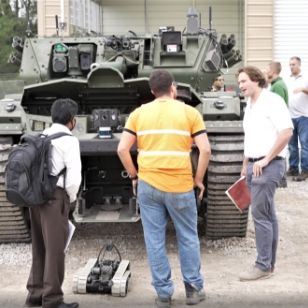
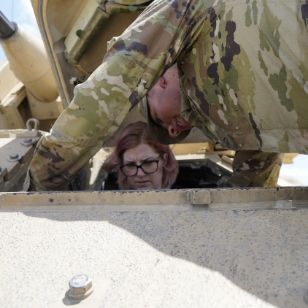
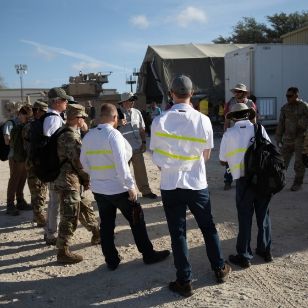
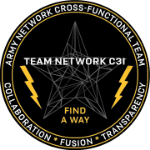 Network
Network
Army Unified Network Plan
The network is the foundational element in achieving a data-centric Army by enabling access to critical information to achieve decision dominance. Data-centric operations treat data as ammunition and data platforms as weapons systems with speed and scale to manage, secure and use data for an operational effect. The Army Unified Network Plan is a comprehensive approach to delivering a survivable, secure, end-to-end capability from the enterprise to the tactical edge.
Capability Sets
In 2022, the Network CFT and network community supported data centricity and the AUNP by concurrently working across multiple tactical network capability sets (CS) - CS21 completed fielding, CS23 completed near-term development and experimentation, CS25 executed technology maturation and prototyping and CS27 design goals were developed. CS23 and CS25 increase the focus on tactical edge communications for mounted formations and division elements, supporting the pivot from the brigade combat team to the division as the primary unit of action for large-scale combat operations.
Capability Set 21
4
Fielded to Brigade Combat Teams in 2022
8
Total Brigade Combat Teams Equipped with CS21
6
Expeditionary Signal Battalions-Enhanced
2
Multi-Domain Task Force Units

300+
Army units received modernized network enabling technology
such as upgraded mission command and fires applications and servers, mobile mission command upgrades, resilient SATCOM equipment and modernized cryptographic systems.
Technical Exchange Meeting
Given the rapid evolution of network technology in the commercial sector, the Army is using the recurring Technical Exchange Meeting (TEM) process to influence industry internal research and development efforts, and to award prototyping contracts that are informing future capabilities.
TEM 8
750+
Industry and Government Stakeholders Attending
29
White Papers Evaluated by the Army
10
Vendors Selected to Participate in Demonstrations
TEM 9
1000+
Industry and Government
Stakeholders Attending
Included a keynote address by the Under Secretary of the Army focusing on the importance of network transformation

Army Futures Command is committed to being great teammates. This means amongst ourselves, fellow Army Commands, the Army Staff and Secretariat, the Joint Force, and our Allies and partners. AFC, along with FORSCOM, TRADOC, and AMC, are accountable for transforming the Total Army to ensure war-winning future readiness.
AFC Workforce Composition
MILITARY SKILLS COMPOSITION
More than 40 Soldiers and civilians graduated from the Army Artificial Intelligence Center’s (AI2C) AI Scholars Program (AISP) and AI Technician Program (AITP) at Carnegie Mellon University in 2022. These competitive graduate degree programs provides select civilians and Soldiers the cutting-edge AI knowledge they’ll need to develop the technology the Army will need to maintain overmatch in the future. Additionally, 18 military AI technicians completed education, training, and industry certification in Python programming, machine learning, and cloud architecture. And 89 military and civilian leaders Army-wide completed the Data Driven Leadership course.
2,135
Total Military
Workforce Required
47%
Total AFC Military with
Graduate Degrees
Roles
Tap each section of the graph to see the data
Positions
Higher Education
17,439
Total Civilian
Workforce Assigned
88%
Percentge of AFC workforce
composed of civilians
CIVILIAN CAREER COMPOSITION
Using Direct Hire Authority (DHA), AFC enhanced it’s internal talent by targeting specialized skillsets and experience, recruiting more than 1,500 new employees through DHA.
Roles
Positions
Higher Education
Civilian Career
Programs & Systems
Civilian HR Systems
(Science and Technology Reinvention Laboratory (STRL) Authority = Lab Demo System)
Civilian DHA
(Direct Hire Authority)
 Combat Capabilities Development Command
Combat Capabilities Development Command
The DEVCOM team established the following:
35
International project agreements
3
International equipment and material transfer agreements
207
International data/information exchange annexes
817
Active Cooperative Research and Development Agreements (CRADAs)
183
New Cooperative Research and Development Agreements (CRADAs)
87
Earned patents
36
Historically Black Colleges and Universities CRADAs and Educational Partnership Agreements
214
Led STEM programs and events across the enterprise in 2022
20,736
Students who attended DEVCOM-led STEM programs and events
 Army Applications Laboratory
Army Applications Laboratory

AAL debuted the VERTEX event series with an event focusing on Army power and energy needs in April and a human performance event in December. VERTEX captures market intelligence from industry to inform the Army’s capability research, investment and development in priority technology areas.


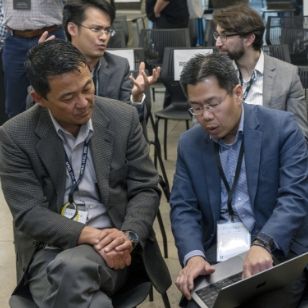
This unique event series gives industry a personal audience with Army stakeholders who need to solve problems for Army platforms, Soldiers and installations. Stakeholders hear directly from best-in-field innovators about technologies in power and energy, human performance, contested logistics and AI and robotics and industry has the opportunity to influence Army concepts, requirements and solicitations.
Unit/Soldier Problem Solving
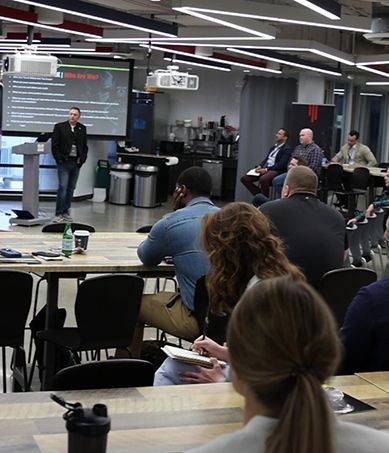
Soldier Innovation Network
The Soldier Innovation Network was an opportunity for commanders and unit-level action officers to join an ongoing discussion about innovation across the force to solve immediate Soldier and unit needs. Organizations across the Army came to Austin to identify, quantify and elevate common problems at the unit level. Guest speakers from SpaceX and the Autonomy Institute discussed how to conceptualize agility and innovation. The gathering collected command priorities across the Service that can be linked to existing Army problems and efforts to validate and prioritize problem trends. Soldier Innovation Network will combine virtual and annual in-person gatherings to further Army’s innovation ecosystem, proliferate best practices and solve problems that make units more efficient, more effective and safer.
Dragon’s Lair
Army Futures Command and Army Applications Laboratory hosted the seventh episode of XVII Airborne Corps’ Dragon’s Lair pitch competition. This was the first time Dragon’s Lair was conducted outside of Ft. Bragg, North Carolina, and was an opportunity to build a stronger innovation network between AFC and the XVIII Corps. An Innovation Working Group after the competition included members of the XVIII Airborne Corps, AAL, ARL, AAC, CMII, CCLTF, NSIN and RCCTO. AAL discussed new innovation models and Soldier innovation pipeline gaps including the need for streamlined development processes for Soldier innovations.
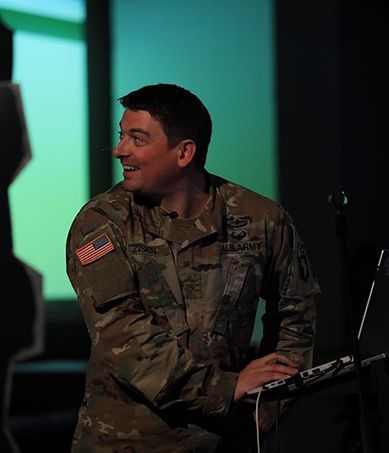


In 2022, AFC partnered with the 3d US Infantry Regiment (the Old Guard), eight local high schools’ Junior Reserve Officer’s Training Corps (JROTC), and the Round Rock Express minor-league baseball team to create several events highlighting the benefits and opportunities offered by the Army to more than 800 recruits and stakeholders in the Austin area. These events enabled AFC to support the Army’s high priority recruiting goals and inform the key demographic of 17 – 24 year olds and influencers that the Army offers excellent leadership training to young men and women.
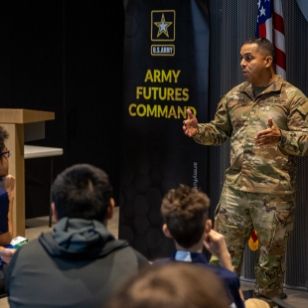

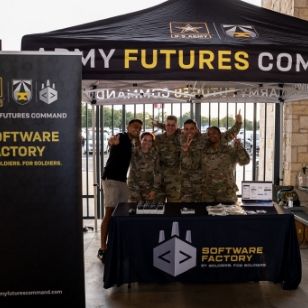
What They're Saying

Gen. James McConville
Chief of Staff of the Army
“The battlefield is becoming faster, it’s becoming more lethal, it’s becoming more distributed. Army Futures Command is leading our transformation effort.”

Hon. Christine Wormuth
Secretary of the Army
“[AFC] is helping us think about where we need to be not just in 2030 but thinking ahead to the Army of 2040.”
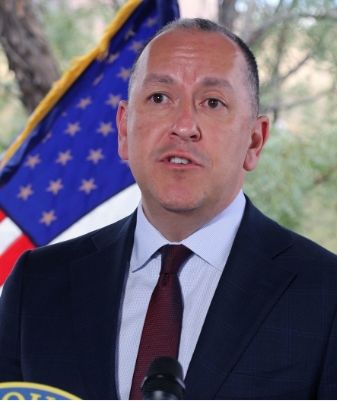
Hon. Gabe Camarillo
Under Secretary of the Army
“To get the innovation that we need, we need to ensure that small non-traditional partners are part of that conversation. And we need to do everything we can to make sure that it's easy, not difficult, to do business with the Army."
Media Summary
Total Articles
12,012
Unique Viewership
58.5B
Earned Media Value
$542M
Interviews Given by Leadership
275
Press coverage by CFT
Tap the bars to see each CFT's data
Heat Map of Coverage
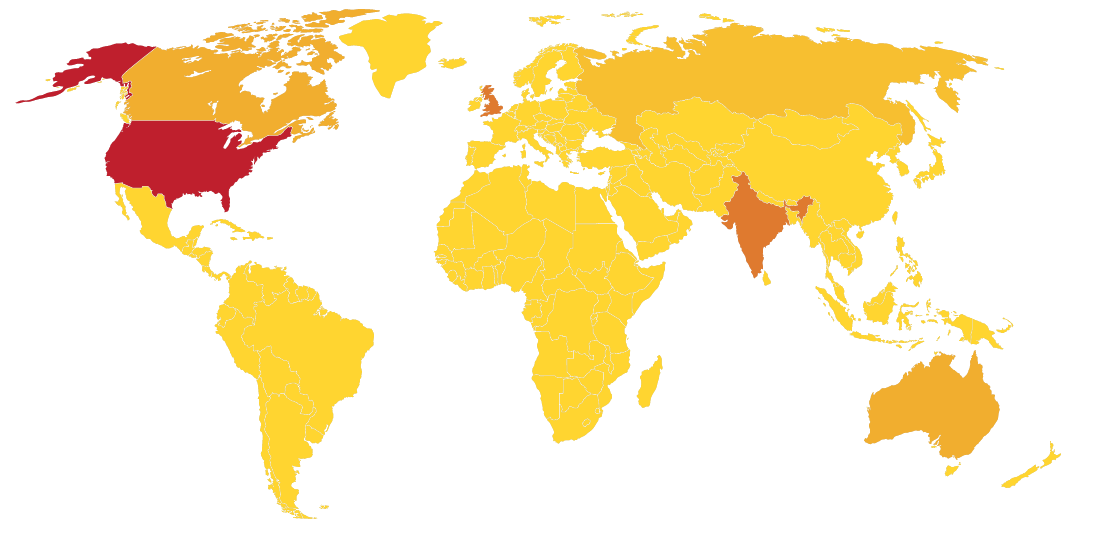
Categories of Interest
Project Convergence
Article Highlight
DARPA wants to put more lasers in space, but not for the reason you probably think
Imagine you are on a search and rescue mission to find a downed pilot behind enemy lines. You have satellite imagery of the search area that...
273
Total Articles
644.8M
Reach
$6M
Earned Value
59
Total Articles
409.4M
Reach
$3.9M
Earned Value
Army Software Factory
Article Highlight
Is The Future Of The Battlefield Soldiers As Real Time Software Coders? US Army Software Factory CPO/CIO Explains Why
How do we win in a VUCA world? In case you are not familiar with VUCA: volatility, uncertainty, complexity and ambiguity. I wrote about this is 2020 find it...
Want to learn more?
Read about AFC's accomplishments throughout the years »
